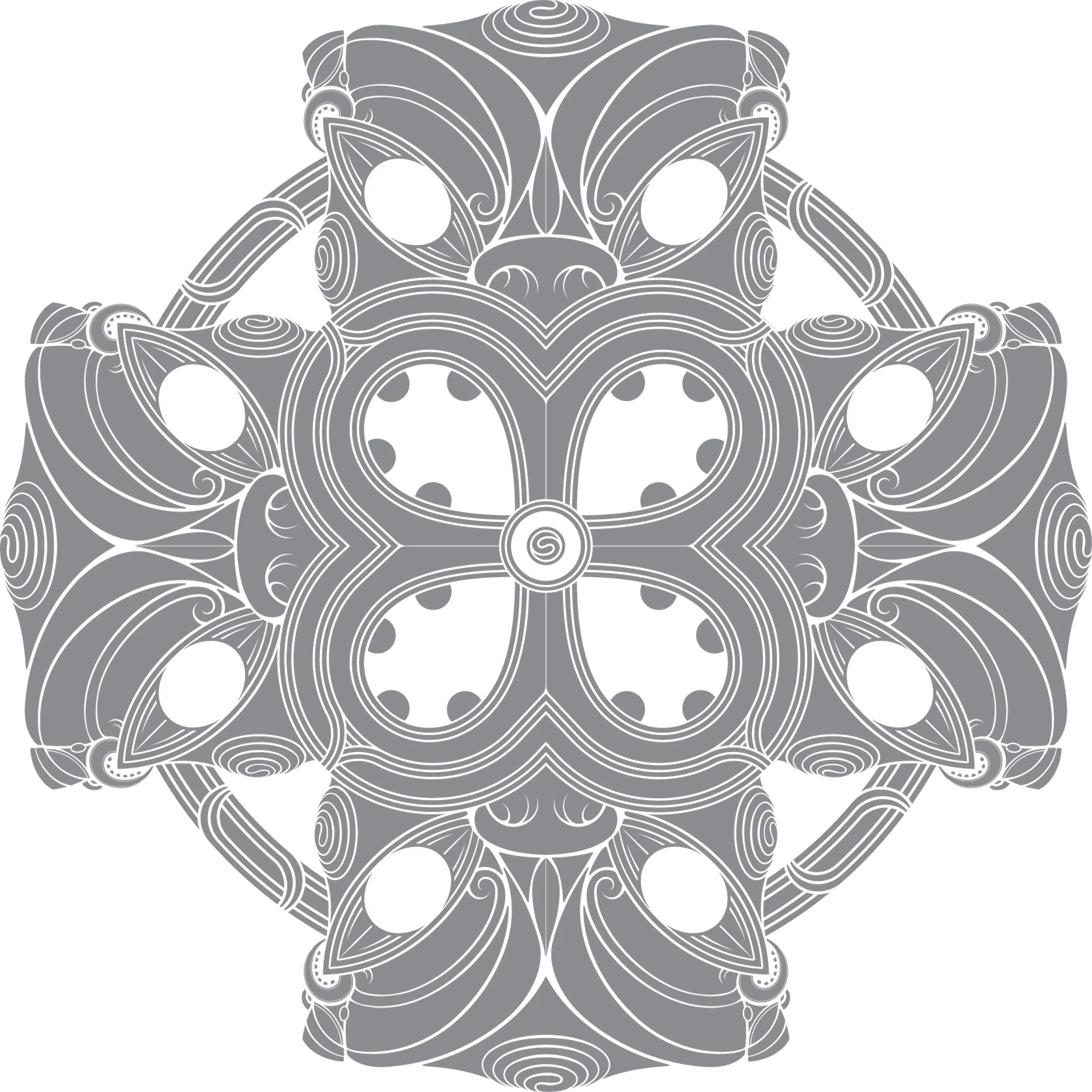Te Whakatinanatanga o te Whakaaro is a practical design model developed by Haumi to support consistent, kaupapa-aligned decision-making across Māori visual design. At the heart of this approach is whakaaro: the clarity of intent. Māori design must be purpose-led, relational, and responsive to context. At Haumi, this design model is guided by Te Tūturutanga o te Whakaaro, a methodology that safeguards the conceptual coherence and cultural integrity of both process and outcome.
Te Whakatinanatanga o te Whakaaro provides a structure for determining both the level and style of representation — whether material, cultural, or philosophical — and ensures that design outcomes are anchored with purpose. Expressions may be subtle and embedded or direct and explicit, depending on the kaupapa and context. Grounded in whakapapa, the model helps guide our design decisions with clarity and care, and fosters the enduring relationship between creative practice and the taiao.
Te Whakatinanatanga o te Whakaaro is a practical design model developed by Haumi to support consistent, kaupapa-aligned decision-making across Māori visual design. At the heart of this approach is whakaaro: the clarity of intent. Māori design must be purpose-led, relational, and responsive to context. At Haumi, this design model is guided by Te Tūturutanga o te Whakaaro, a methodology that safeguards the conceptual coherence and cultural integrity of both process and outcome.
Te Whakatinanatanga o te Whakaaro provides a structure for determining both the level and style of representation — whether material, cultural, or philosophical — and ensures that design outcomes are anchored with purpose. Expressions may be subtle and embedded or direct and explicit, depending on the kaupapa and context. Grounded in whakapapa, the model helps guide our design decisions with clarity and care, and fosters the enduring relationship between creative practice and the taiao.
Te Roro refers to the open threshold of the whare — an architectural gesture that orients the building to its environment. As a phase in our process, Te Roro represents the act of arriving. It is where we pause, observe, and begin to understand the forces that shape a kaupapa — its landscape, history, people, tensions, and aspirations.
This stage involves intensive listening, research, and analysis. It is about discerning what matters, what has been said, what remains unsaid, and where the space for contribution lies. Te Roro lays the groundwork for defining the iho, the unifying idea that gives shape and direction to everything that follows.
Te Awarua speaks to the inherent dualities that define existence: tapu and noa, light and darkness, conflict and peace. This phase reminds us that clarity does not arise from uniformity, but through the ability to hold and interpret dynamic perspectives, each shaped by context, relationship, and time.
In Te Awarua, we test what we think we know. We explore the layered relationships, tensions, and subtle dimensions that may otherwise remain unexamined. It is a space of challenge and recalibration, where complexity is not an obstacle, but a condition of depth. Here, potential is not revealed through simplification, but through the ability to recognise coherence within complexity, and to move forward with considered intent. This phase celebrates nuance — not as ambiguity, but as a refined form of understanding that enables more precise, resilient, and context-aware outcomes.
Ruawhetū marks the phase where insight begins to crystallise. It is a place of elevation and composition, where knowledge is gathered, organised, and transformed. We harvest what has surfaced, arrange what is known, and begin to articulate form.
This is where patterns clarify, narratives are distilled, and frameworks align with aspiration. The work moves from sensing to structuring, from possibility to proposition.
Ruawhetū is not the end of thought, it is the threshold of expression. Elevated knowledge is grounded: tested, refined, and made coherent. This is where connections settle into alignment, and the kaupapa begins to assert itself through a deliberate and composed direction.
Pūwaha refers to an opening or mouth and is a point of entry, and also, a source of expression. In this phase, we move from idea to form. We give life to the kaupapa through design, storytelling, strategy, or experience. Every expression, whether visual, spatial, digital, or discursive, is shaped by the whakapapa of what has come before.
This is not simply a delivery phase. It is a continuation of the thinking, where clarity becomes tangible, and meaning is carried through the detail. Pūwaha ensures that what is produced is not only functional or crafted, but intimately aligned with intent, context, and responsibility.
